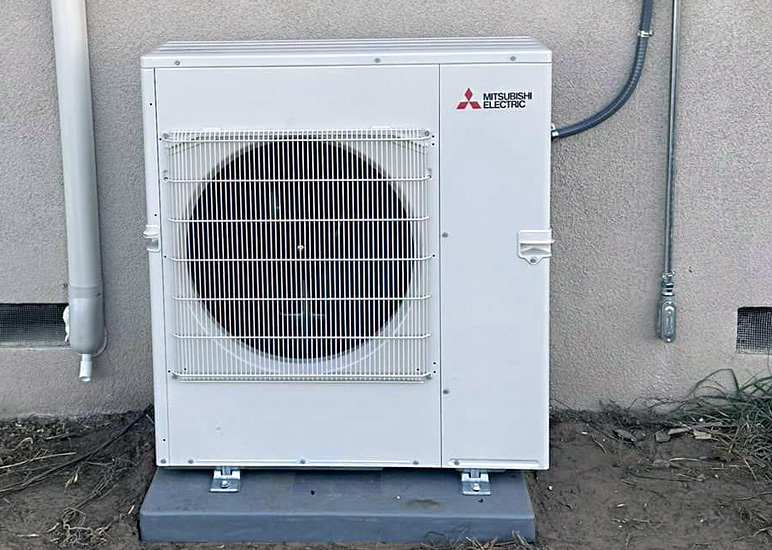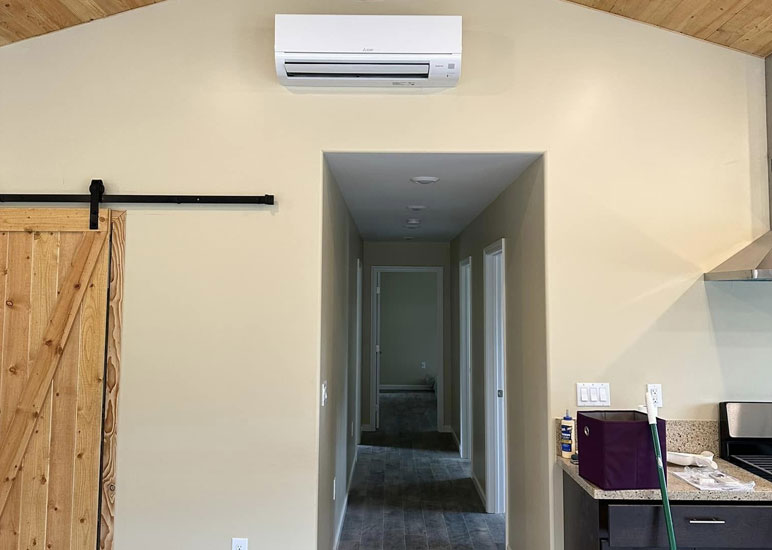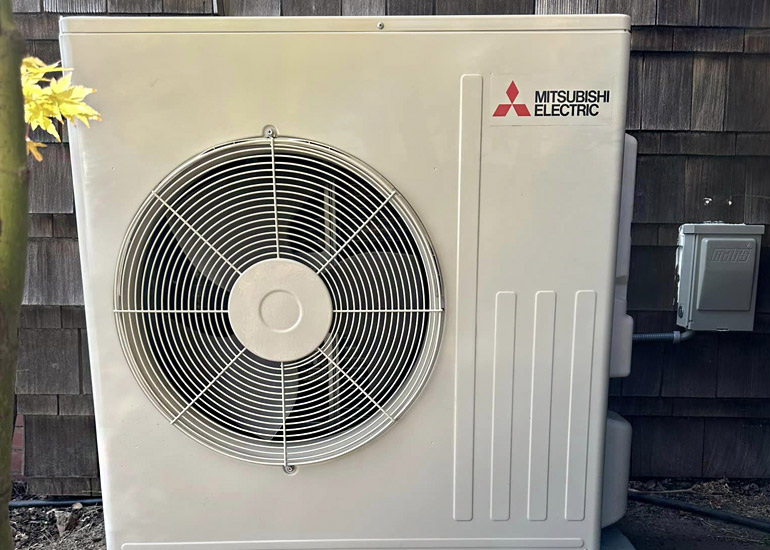
No matter the time of year, an air leak in your home can reduce the efficiency of your HVAC system. Air leaks in the summertime allow cool air to escape your home. In the winter, air leaks let out precious heat. The result is that your furnace or air conditioner has to work harder to heat or cool your home. This wastes energy and costs you in utility bills. So, it’s wise to check for air leaks. Here are a few methods you can use to find them.
Visual Inspection
You may be able to see potential sources of leaks. Any gaps or holes in caulking or weatherstripping may be allowing your conditioned air to escape. Touch the caulking to see if it is still rubber-like. If it feels dry and looks shrunk, it needs to be placed.
Starting looking around the outside of your home. Be sure to check:
- The foundation, especially where two different materials meet
- The exterior corners
- All outdoor water faucets
- The flashing around your chimney, plumbing vent, and other roof features
Then take a look inside your home. While doors and window frames are the most common sources of leaks, they aren’t the only ones. You should also check:
- Electrical and gas lines
- Fireplace dampers
- Your air conditioner
- Dryer vents
- Baseboards
- Attic hatches
Flashlights & Feeling for Drafts
To help you find the gaps, you can ask a partner to stand outside a shines a flashlight around these locations. If you can see the light, there’s a gap.
Although, some broken seals and gaps will be so small that the flashlight trick isn’t very useful. You shouldn’t ignore these gaps either, as several of them can significantly impact your home’s efficiency. One way to find them is to feel for drafts. On a cold, windy day, stand inside your home and feel for drafts with your hand. Use a damp cloth to periodically wet your hand, which will help you feel drafts.
An incense candle can also help you find leaks. On another cold, windy day, shut off your furnace and light some incense. Walk around your home just as before. This time look for anything effecting the smoke. If the smoke is drawn into the home, a leak is coming in. If the smoke seems drawn out, air is leaking out of your home. If there’s no leak, the smoke will slowly dissipate without being pulled in any specific direction.
If you don’t have the time to walk around your home with a flashlight, a wet cloth, and an incense stick, you can also get the professionals to test your home for you. They can perform door blowers tests that can measure the air-tightness of your home.
How to Fix Air Leaks in Your Home
What should you do if you found a leak? Have your HVAC professional seal up the gaps around HVAC appliances like air conditioners and furnaces. They can also handle gaps at electrical and gas service entrances and dryer vents. Gaps or broken seals around windows, doors and roofing elements are best handled by their respective professionals.





